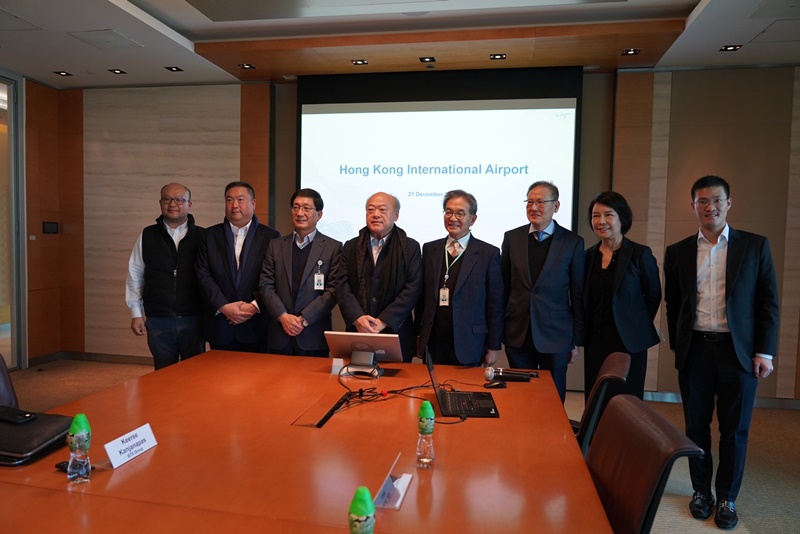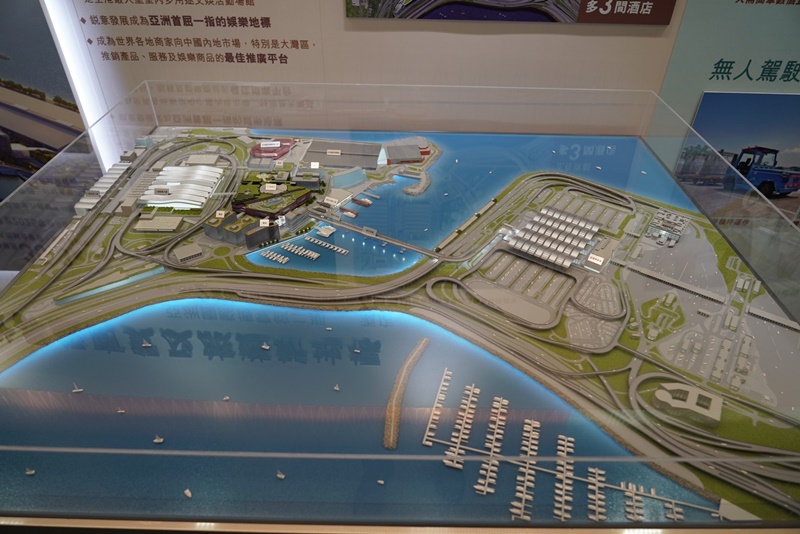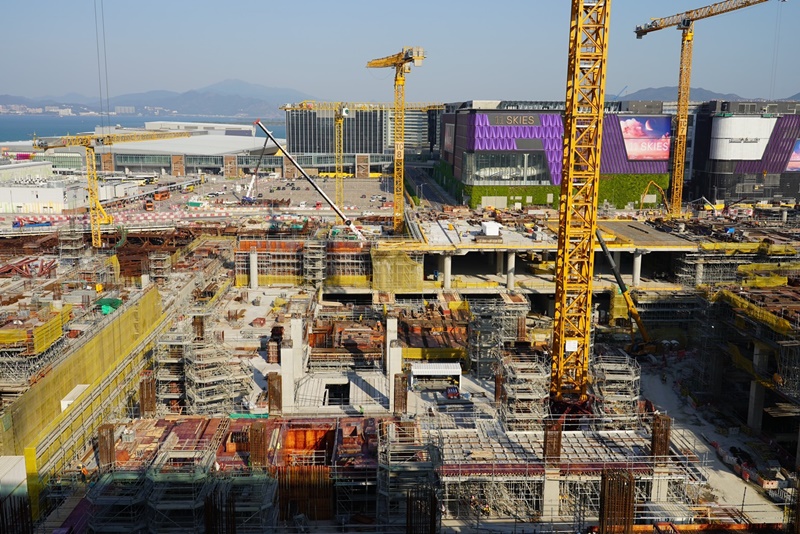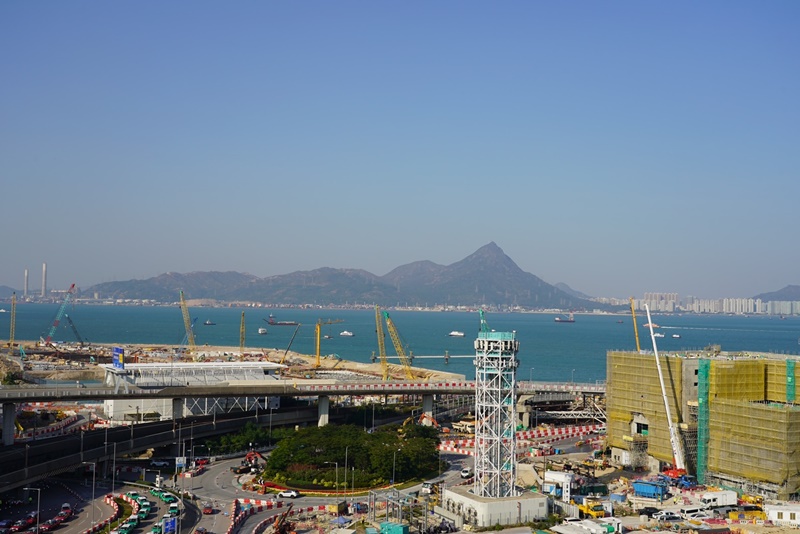Mr. Keeree moves forward to develop U-Tapao International Airport while UTA visit and observe the development of Hong Kong International Airport.
Back
December 21st, 2022, Hong Kong - Mr. Keeree Kanjanapas, Chairman of the Executive Committee, U-Tapao International Aviation Company Limited (UTA) led a group of executives from 4 organizations, including UTA, Bangkok Land Public Company Limited, Bangkok Bank Public Company Limited, Architects 49 Limited, which consisted of Mr. Kavin Kanjanapas, Mr. Paul Kanjanapas, CEO of Bangkok Land Public Co. Ltd, Impact Exhibition Management Co., Mr. Wirawat Panthawangkun, and Mr. Chanond Sophonpanich, as well as Mr. Prabhakorn Vadanyakul, Managing Director of Architects 49 Limited, to visit and recognize the Hong Kong International Airport Development Plan. The plan covers not only the airport, but also the warehouse space and other key service areas, such as the Integrated Airport Center (IAC) and Sky Bridge. The group was welcomed by executives from Hong Kong International Airport, Mr. Jack So, Chairman of Airport Authority Hong Kong (AAHK), Mr. Fred Lam, Chief Executive Officer of AAHK and offered a tour of the airport.
The Hong Kong International Airport is considered an important inter-regional transportation hub, serving as an aviation hub for air travel to other important countries. It is also the airport complete security systems and facilities. In 2019, before the outbreak of COVID-19, the airport serviced 71.5 million passengers, 4.8 million tons of air freight, and had up to 419,795 flights. In addition, it recently won the Cargo Airport of the Year - Asia Pacific title at the 9th Payload Asia Awards ceremony and Airport of the Year title at the World Air Cargo Awards 2022.
In addition, on December 22nd, 2022, the executives from Hong Kong International Airport took the group to visit the robot-operated Hong Kong Air Cargo Terminals Limited (Hactl), which uses a robotic operating system in transporting containers and products that are not packed in large containers. By enabling the Automated Parts Store (APS) system, technicians simply scan part codes and specify the desired amount. Then, the robot takes the shortest route to deliver the parts to the technician. Through this system, work time can be reduced by more than 50%. In addition, the terminal can also operate 24 hours a day, saving up to 1,500 human work hours annually.





